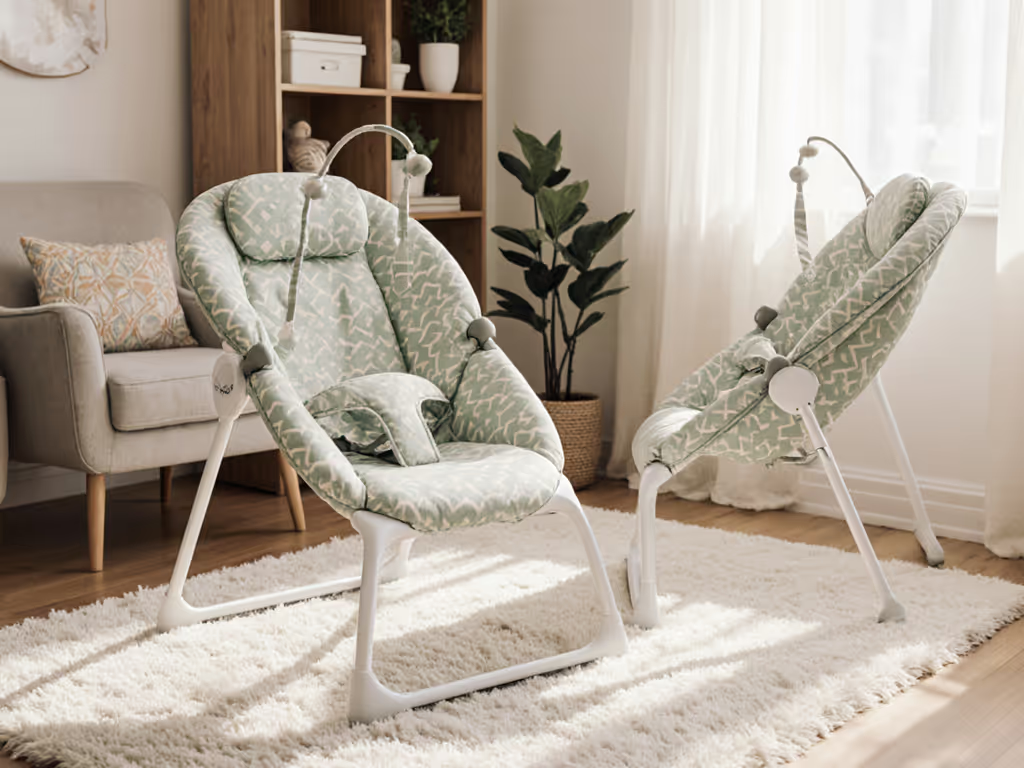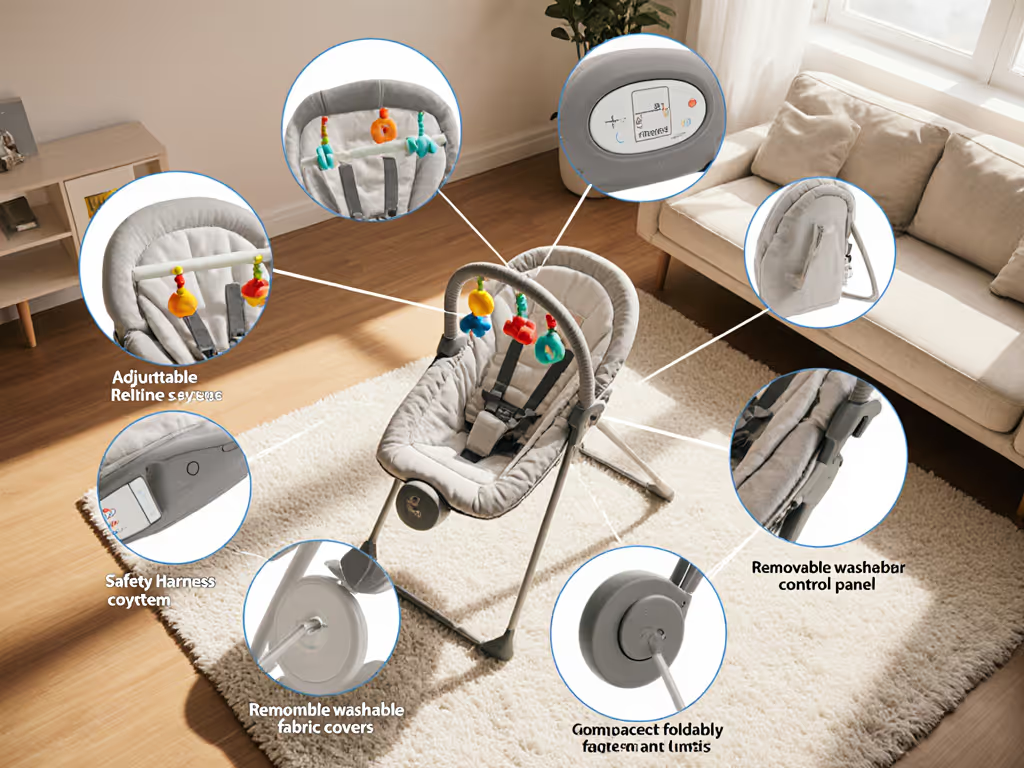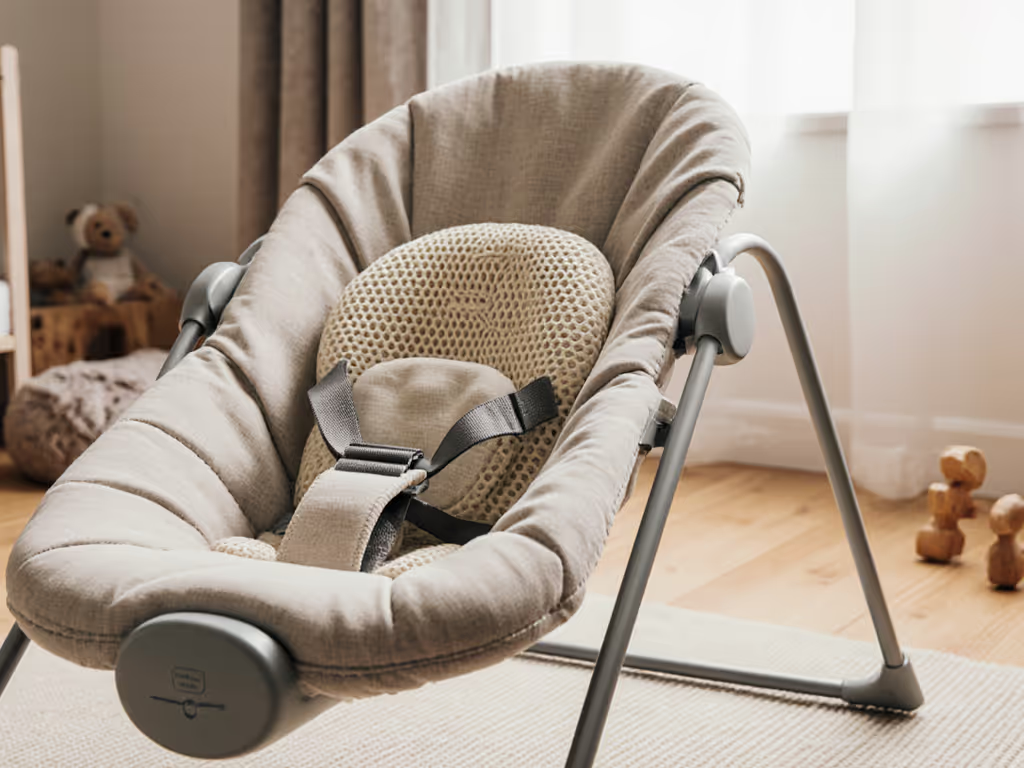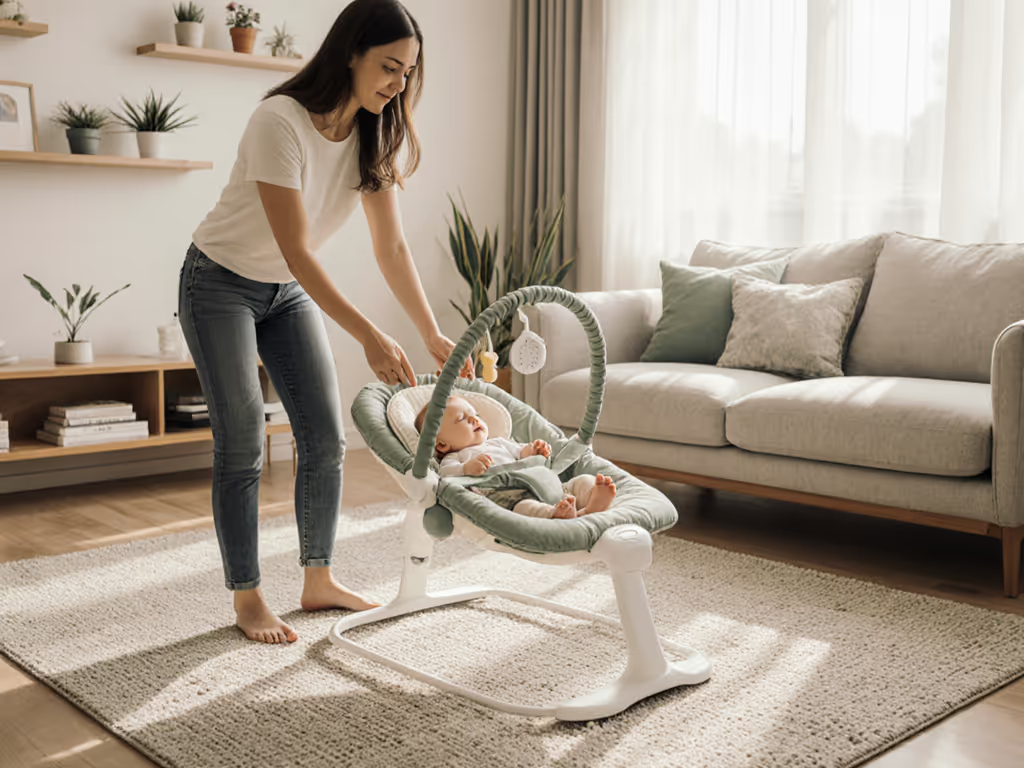
The Essential Guide to Choosing Safe Baby Seats
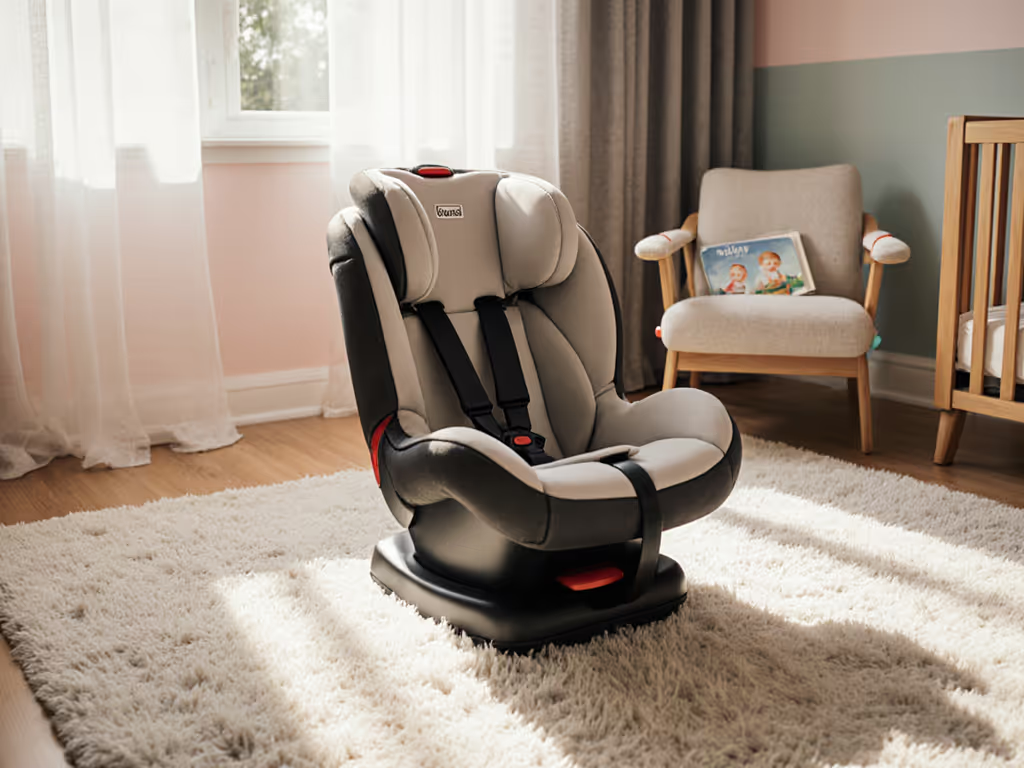
Every year, car accidents claim the lives of thousands of infants around the world. Yet properly installed baby seats can lower fatality rates by as much as 71 percent, according to global health experts. For parents, this fact transforms the choice of a baby seat from a simple purchase to a life-or-death decision. Understanding how these seats work, which types fit your needs, and how to install them properly means you can give your child the safest possible start every time you hit the road.
Key Takeaways
| Point | Details |
|---|---|
| Importance of Baby Seats | Baby seats are essential for infant safety during travel, drastically reducing the risk of injury in accidents. Parents must select the right seat based on their child's specific needs and ensure it is correctly installed every time. |
| Types of Baby Seats | Options include bouncers, rockers, and swings, each providing unique functionalities for comfort and soothing. Choose based on your baby's preferences and your daily routines. |
| Safety Features and Regulations | Look for key safety features like five-point harnesses and ISOFIX compliance to ensure maximum protection. Staying informed about product recalls and proper use is vital for ongoing safety. |
| Common Mistakes to Avoid | Parents should watch for expired seats, improper installation, and incorrect harness use. Regular checks and adherence to manufacturer guidelines are crucial for maintaining safety. |
Understanding Safe Baby Seats and Their Importance
Keeping your baby safe during travel isn't just a recommendation - it's a critical necessity. Baby seats are specialized protective equipment designed to prevent injury and save lives during vehicle transportation. According to the World Health Organization, proper child safety restraints can reduce infant death rates by up to 71% in vehicular accidents, making them an essential investment for every parent.
Understanding the core components of a safe baby seat is crucial. These specialized seats typically include key safety features like:
- Robust harness systems that securely hold infants in place
- Energy-absorbing padding to minimize impact forces
- Precise height and weight rating specifications
- Regular safety certification and compliance markings
Parents must recognize that baby seats are not just optional accessories but life-saving devices. Technical research emphasizes that proper restraint significantly increases an infant's protection during potential accidents. This means selecting a seat that matches your child's specific age, weight, and developmental stage, and ensuring it is correctly installed every single time you travel.
While purchasing a baby seat might seem straightforward, it requires careful consideration. Always verify the seat's expiration date, check for any recent safety recalls, and understand the specific installation requirements for your vehicle. Your child's safety depends on making informed, meticulous choices that prioritize protection above all else.
Types of Baby Seats: Bouncers, Rockers, and Swings
Parents today have multiple options when it comes to baby seats, each designed to provide comfort, safety, and support for infants during their early developmental stages. Bouncers, rockers, and swings might seem similar, but they offer unique features that cater to different parental needs and infant preferences.
Let's break down the key characteristics of each type:
Here's a comparison of the key types of baby seats and their features:
| Seat Type | Main Motion | Power Source | Best For |
|---|---|---|---|
| Bouncer | Gentle bounce | Manual (baby's motion) | Short use<br>Multiple locations |
| Rocker | Back-and-forth sway | Manual<br>Battery-powered | Soothing<br>Calming naps |
| Swing | Side-to-side<br>Front-to-back | Electric<br>Battery-powered | Entertainment<br>Hands-free moments |
- Bouncers: Lightweight, portable seats that move with the baby's natural movements
- Manual bouncing mechanism triggered by infant's motion
- Typically used for short periods and in multiple home locations
- Best for babies who enjoy gentle, rhythmic movement
Rockers provide a more consistent, controlled motion compared to bouncers. These seats typically feature a curved base that allows smooth back-and-forth movement, often with battery-powered or manual options. They're ideal for soothing fussy babies and creating a calming environment that mimics the natural motion babies experience in the womb.
Swings represent the most mechanized option among baby seats. Consumer Reports highlights that modern swings offer multiple motion settings, adjustable speeds, and often include additional features like music, nature sounds, and built-in mobiles. While more complex than bouncers or rockers, swings can be incredibly effective at keeping babies entertained and providing parents with hands-free moments during busy daily routines. Always remember that regardless of the type, supervision and adhering to manufacturer guidelines remain paramount for infant safety.
Key Safety Features and Global Regulations
When it comes to baby seats, safety isn't just a recommendation - it's a complex, globally regulated system designed to protect our most vulnerable passengers. International standards have evolved to create comprehensive guidelines that manufacturers must meet, ensuring every baby seat provides maximum protection during transportation.
Key safety features that parents should look for include:
- Five-point harness systems that secure the child at multiple contact points
- Energy-absorbing materials that minimize impact forces
- Robust side-impact protection mechanisms
- Clear weight and height rating specifications
- Ergonomic design that supports proper spine and neck alignment
The ISOFIX/LATCH system represents a critical global advancement in child seat safety. This standardized anchoring mechanism ensures consistent, secure attachment points across different vehicle models and regions. By providing universal connection points, ISOFIX reduces installation errors that could compromise a child's safety during travel. Manufacturers must now comply with stringent international regulations that mandate precise engineering standards, material quality, and crash-test performance.
Beyond physical design, safety also involves ongoing education and awareness. Parents must regularly inspect their baby seats, understand proper installation techniques, and stay informed about potential product recalls. Remember, a baby seat is only as safe as its correct implementation - no amount of advanced engineering can replace careful, knowledgeable use by caregivers.
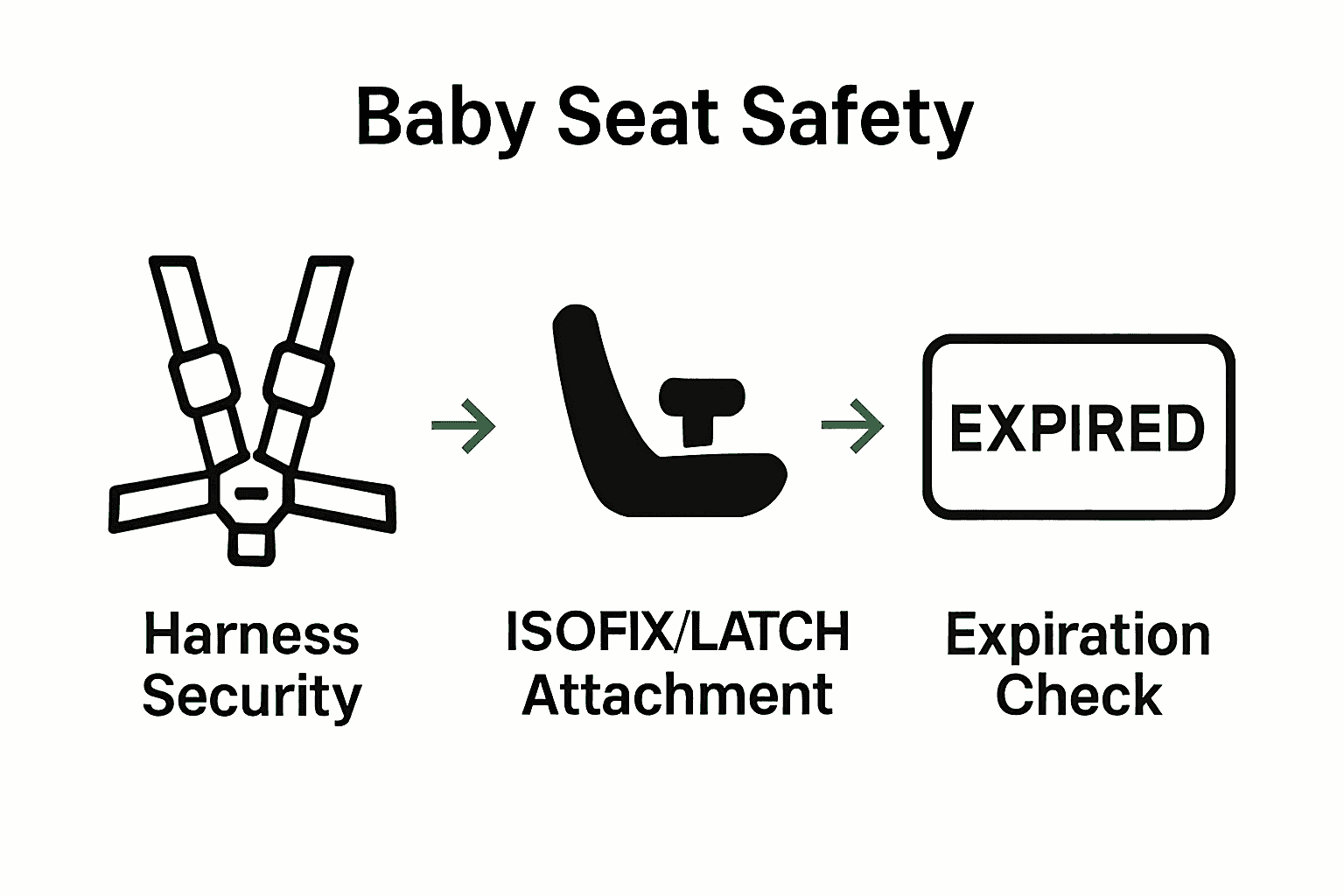
Proper Installation and Space-Saving Solutions
Navigating the world of baby seats requires more than just selecting the right product - it demands precise installation and strategic placement, especially for families dealing with limited living spaces. Understanding how to correctly secure and position these essential items can make a significant difference in both safety and home organization.
Properly installing a baby seat involves several critical steps:
- Carefully read the manufacturer's installation manual
- Verify the seat's compatibility with your specific vehicle model
- Check that harnesses are snug but not overly tight
- Ensure the seat is level and does not wobble
- Confirm all attachment points are securely fastened
Space-saving solutions have become increasingly important for modern families living in compact homes or apartments. Many contemporary baby seats now feature multi-functional designs that can be easily folded, stored vertically, or converted for different uses.
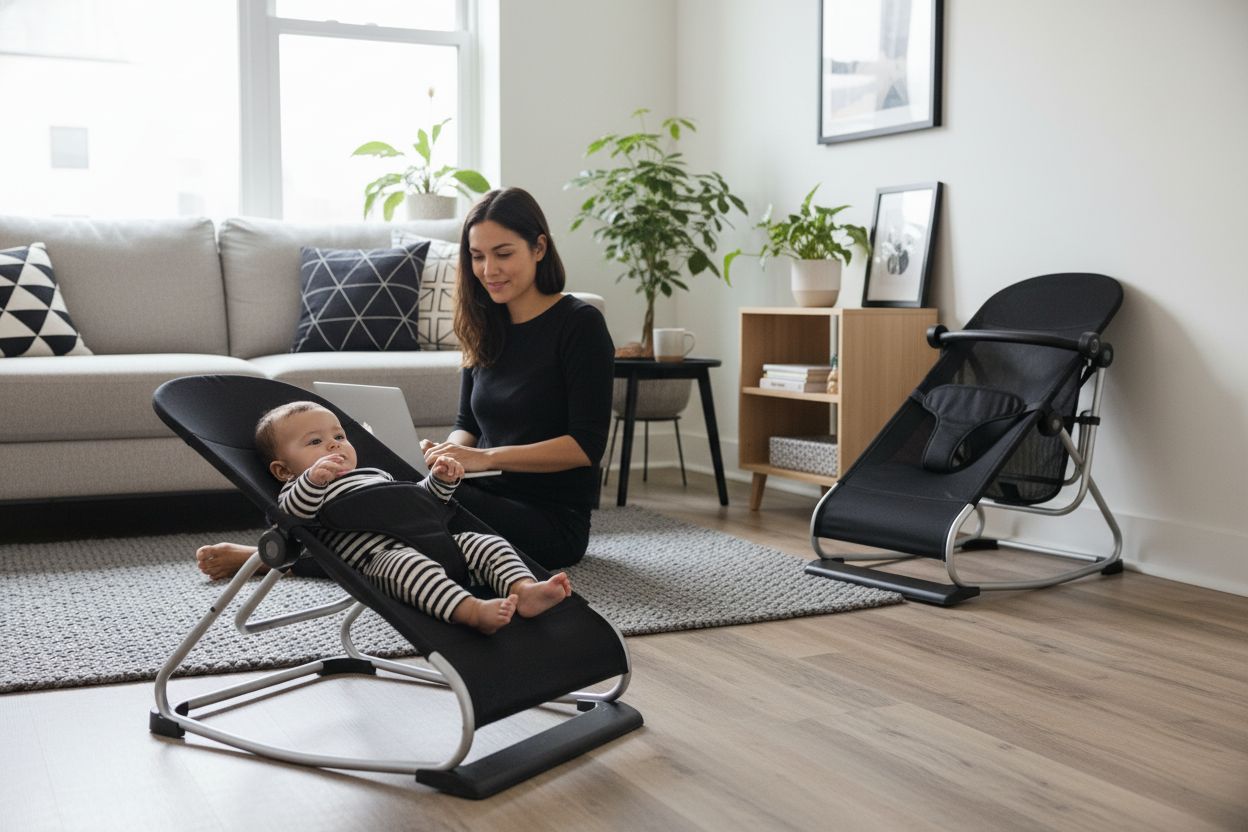 Look for models with compact folding mechanisms, lightweight frames, and the ability to attach to different surfaces like chairs, tables, or dedicated stands.
Look for models with compact folding mechanisms, lightweight frames, and the ability to attach to different surfaces like chairs, tables, or dedicated stands.
Regular maintenance and vigilance are key to long-term safety. Consumer Reports recommends periodically checking for any signs of wear, verifying the seat's current safety compliance, and staying informed about potential product recalls. Remember, a well-installed, strategically placed baby seat not only protects your child but also helps maximize your living space efficiently.
Common Mistakes and How to Avoid Them
When it comes to baby seats, even small oversights can compromise your child's safety. Parents often unknowingly make critical errors that could put their little ones at risk, making awareness and proactive prevention crucial for protecting infants during transportation.
Here are the most common mistakes parents frequently encounter:
- Using expired or outdated baby seats
- Incorrect harness adjustment
- Improper installation techniques
- Neglecting regular safety inspections
- Transitioning to next size/stage too quickly
Seat expiration is a frequently overlooked issue that can significantly impact safety. Most baby seats have a limited lifespan typically ranging from 6-10 years due to material degradation. Plastic components can become brittle, structural integrity may weaken, and safety technologies become outdated. Always check the manufactured date and recommended replacement timeline printed on your seat.
Careful attention to detail can prevent potential accidents. This means consistently verifying harness tightness, ensuring proper angle during installation, and staying informed about potential product recalls. Remember that manufacturer guidelines aren't suggestions - they're critical safety instructions developed through extensive research and testing. Your vigilance and commitment to following these guidelines can make the difference between potential harm and reliable protection for your most precious passenger.
Protect Your Baby with the Perfect Seat for Your Home
Choosing a safe baby seat that fits your child and living space can feel overwhelming. The article highlights common challenges parents face such as ensuring proper installation, understanding expiration dates, and navigating the many options like bouncers, rockers, and swings. Safety features like five-point harnesses and ISOFIX attachment systems are crucial yet often misunderstood. Parents want peace of mind knowing their baby is secure while also needing solutions that save space and fit busy routines.
At Bouncer Lab, we understand these concerns deeply. Our detailed guides and expert reviews focus on safety, functionality, and compact designs to help you find the best infant bouncer or rocker suited to your family’s unique needs. Discover how to balance top safety features with space-saving convenience and make confident decisions with trusted information at your fingertips.
Ready to find a baby seat that combines safety with smart design for your small home? Visit Bouncer Lab today and explore our helpful resources to choose the right bouncer that keeps your little one secure and your space organized. Take the first step toward safer, simpler travel and home life now.
Frequently Asked Questions
What are the main types of baby seats?
Baby seats primarily include bouncers, rockers, and swings. Bouncers provide gentle movement triggered by the baby's motion, rockers sway back-and-forth for soothing, and swings offer automated motion and entertainment features.
How do I ensure my baby seat is properly installed?
To ensure proper installation, carefully read the manufacturer’s manual, verify compatibility with your vehicle, check that harnesses are snug without being too tight, and ensure the seat is level and securely attached.
What safety features should I look for in a baby seat?
The essential safety features to look for include five-point harness systems, energy-absorbing materials, robust side-impact protection, and clear weight and height specifications to ensure your baby is securely restrained during travel.
How can I maximize space when using a baby seat in my home?
For space-saving solutions, consider multi-functional baby seats that can be easily folded, stored vertically, or converted for different uses. Look for lightweight frames and models designed to fit various surfaces like chairs and tables.

